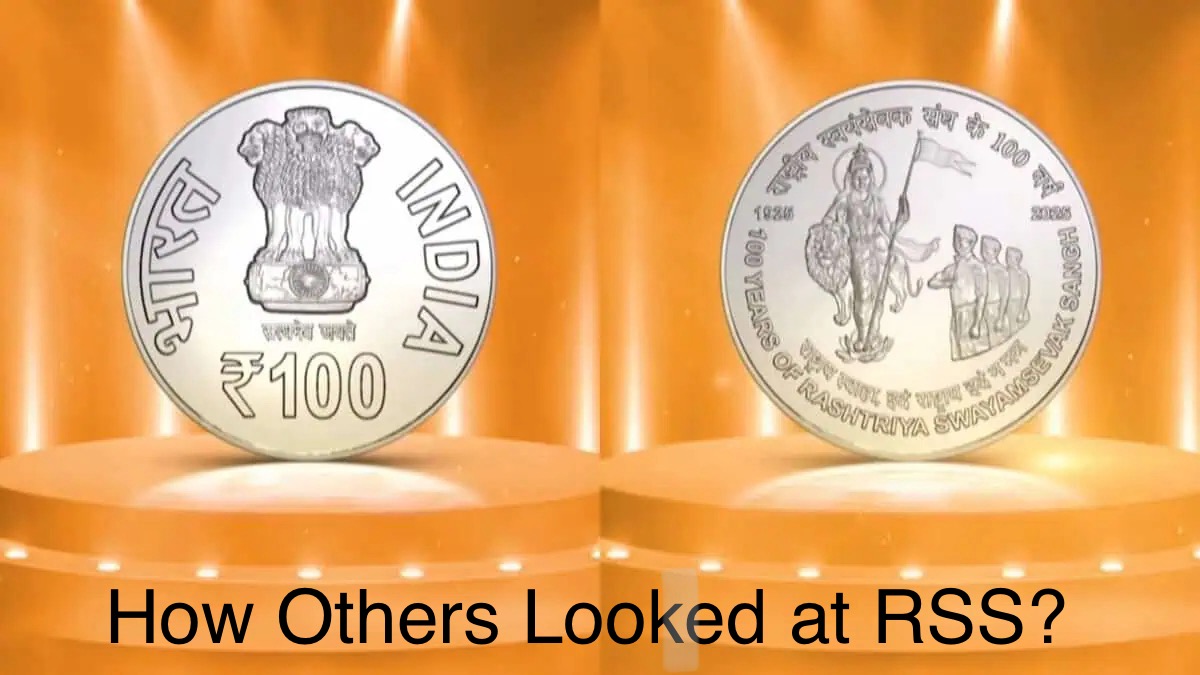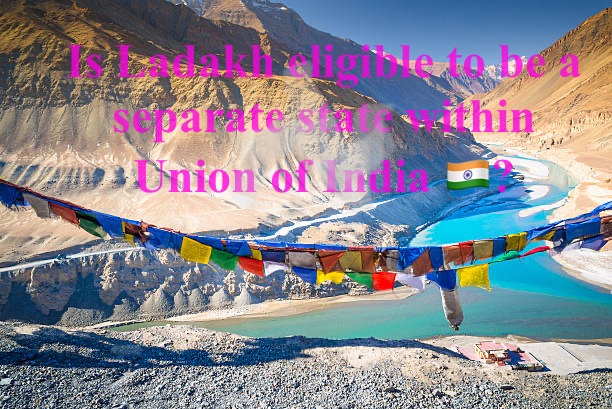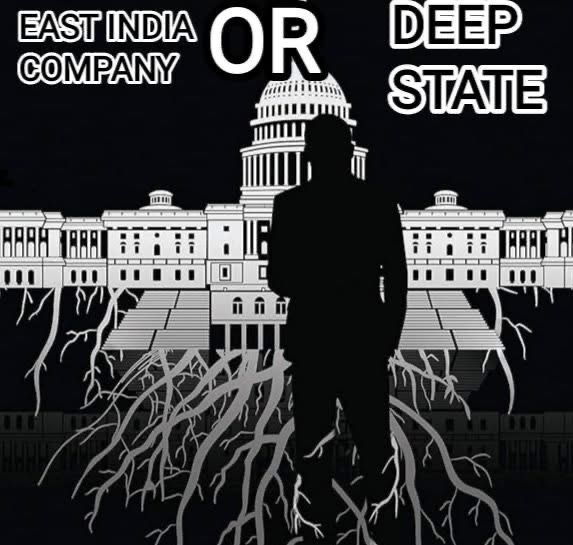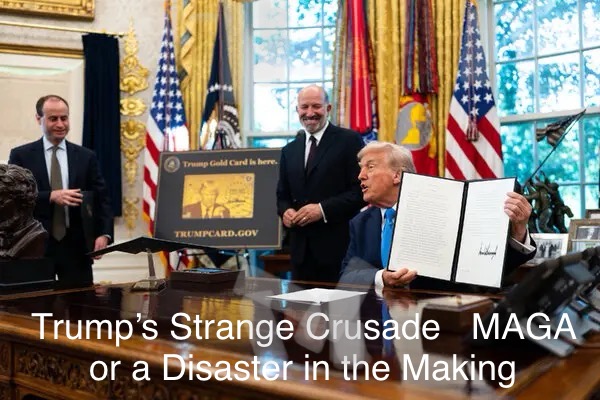
Since its founding in 1925, the Rashtriya Swayamsevak Sangh (RSS) has invited admiration, criticism, and curiosity in equal measure. Beyond ideological debates, one way to understand the organization is to see how it was perceived by national leaders, freedom fighters, intellectuals, and eminent personalities of the twentieth century. Their testimonies provide a historical lens into the image of the RSS as a disciplined, nationalist, and cultural organization.
Early Recognition: 1920s–1930s
One of the earliest endorsements came from Vithalbhai Patel, President of the Central Legislative Assembly, who attended a Shakha in Nagpur on Vijaya Dashami in 1928. Struck by the energy of the Swayamsevaks, he remarked that unlike other institutions which seemed “lifeless and inert,” here he found “Men with capital ‘M’… mighty living hands capable of shaping the future of our divine Motherland.”¹
Even Gandhi, who visited the RSS camp at Wardha in 1934, was impressed by its discipline and absence of caste distinctions. Gandhi later told Dr. K. B. Hedgewar, the founder of RSS, “Your work is indeed in the nation’s interest. I sincerely wish you success.”²
The 1940s: Freedom, Partition, and After
With independence and partition in 1947, the RSS faced both praise and suspicion. Yet prominent leaders recognized its discipline and spirit of service.
- Chaudhry Lahri Singh, a Congress leader, observed in October 1947: “The RSS was doing useful work by improving the physique of young men and spreading sense of discipline among them. There was very little difference between the objects of the Congress and the RSS.”³
- Sardar Vallabhbhai Patel, India’s Deputy Prime Minister, repeatedly acknowledged the patriotism of the RSS. In December 1947, he wrote that their “enthusiasm and discipline” should be directed into constructive channels. Later, speaking at Lucknow in January 1948, he declared: “After all the RSS men are not thieves and dacoits. They are patriots who love their country.”⁴
- Dr. Zakir Hussain, who would later become President of India, defended the organization against allegations of communalism: “The allegations against RSS of violence and hatred against Muslim are wholly false. Muslims should learn the lesson of mutual love, cooperation and organization from RSS.”⁵
The 1950s: Cultural and Academic Appreciation
In the post-independence years, cultural leaders and academics also praised the Sangh’s efforts.
- Pandit Omkarnath Thakur, a renowned Hindustani classical musician, called RSS “the only cultural organisation which can lift Hindu society from its present downtrodden condition to heights of glory.”⁶
- Jayachandra Vidyalankar, historian and freedom fighter, wrote: “The RSS is itself a product of the revolutionary national movement for freedom.”⁷
- Bijoy Kumar Banerjee, Mayor of Calcutta (1959–60), lauded the Sangh for “building an organisation of men of character and patriotism,” praying for a day when India would rise “supreme in the whole world” with its cultural and moral strength.⁸
- Dr. R. C. Majumdar, dean of Indian historians, described the Sangh’s work as a continuation of Hedgewar’s vision “to inspire the true spirit of nationalism, and of making the nation strong and powerful.”⁹
The 1960s: National Unity and Defence
The Chinese aggression of 1962 and the Indo-Pak war of 1965 brought renewed recognition for the RSS’s contribution to national unity.
- Dr. K. N. Katju, former Union Home and Defence Minister, told an RSS rally in Allahabad (1963) that the Sangh was fulfilling the founder’s goal of preserving unity, declaring: “Who says this is not Hindu Rashtra? I am happy to see its miniature form in RSS.”¹⁰
- Lal Bahadur Shastri, India’s Prime Minister during the 1965 war, personally called Guruji (M. S. Golwalkar) to Delhi to join an all-party meeting. During the war, swayamsevaks donated blood, assisted civil defence, and supported soldiers. General Kulwant Singh himself acknowledged: “Punjab is the sword arm of India, and RSS is the sword arm of Punjab.”¹¹
- Jayaprakash Narayan, socialist leader and freedom fighter, also praised the organization: “The RSS fosters character and promotes good tendencies. That spark has the power to set the world on fire.”¹²
Other Eminent Voices
Numerous other intellectuals, historians, and public leaders voiced similar admiration:
- Dr. Ishwari Prasad, historian, said: “I am convinced that your organisation is the need of our country today. All educated persons should support you whole-heartedly.”¹³
- C. P. Ramaswamy Aiyar, Vice-Chancellor of Annamalai University, commended the Sangh’s role in building self-respect and self-reliance.¹⁴
- Achyut Patwardhan, a socialist leader, acknowledged the Sangh’s potential to unite India’s warring ideological currents.¹⁵
- Brigadier Y. S. Paranjpe, an Army officer, admired the heroism of swayamsevaks during emergencies.¹⁶
Conclusion
The voices quoted above—ranging from Gandhi and Patel to Zakir Hussain, Lal Bahadur Shastri, and Jayaprakash Narayan—highlight the varied yet often appreciative perceptions of the Rashtriya Swayamsevak Sangh in the last century. While critics have raised ideological objections, the extracts reveal that many eminent leaders recognized in the RSS an institution devoted to discipline, unity, and service. To “know the RSS,” therefore, is to also acknowledge how it has been viewed by those who shaped India’s history.
Notes & References
- K. R. Malkani, The RSS Story (New Delhi: Impex India, 1980), 19–20.
- Ibid., 25–26; Collected Works of Mahatma Gandhi, Vol. 89, 193–94.
- Organiser, 30 October 1947.
- G. M. Nandukar, Letters – Mostly Unknown, 1947–48, Vol. 1 (Ahmedabad: SVPSB, 1980), 35; Sardar Patel, On Indian Problems (New Delhi: Publications Division, 1949), 62.
- Malkani, The RSS Story, 59.
- Organiser, 11 October 1949.
- Organiser, 19 October 1959.
- Organiser, 19 October 1959.
- Organiser, 11 January 1960.
- Malkani, The RSS Story, 82.
- Ibid., 84.
- Organiser, 28 March 1960; 25 April 1960.
- Organiser, 30 January 1950.
- Organiser, 22 May 1951.
- Organiser, 26 October 1949.
- Organiser, 10 October 1960.





